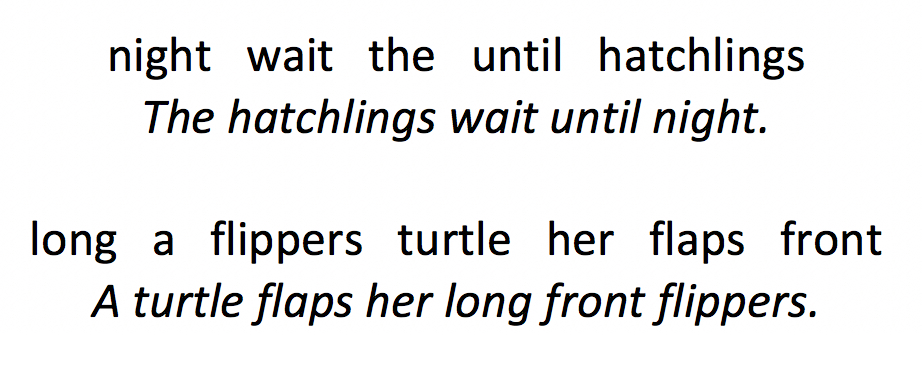Syntax and semantics:
• Sentence Scramble
o Students are given a set of scrambled words from a recently read passage (Sedita, 2020)
o They have to unscramble the words to make a sentence with meaning
o This teaches students syntax, or how the arrangement of words has meaning
•Semantic feature analysis
o Students are given a grid on a specific topic (Reading Rockets, n.d.)
o They write terms about the topic and write features of each term
o This method builds background knowledge and helps students understand the meaning of words and concepts
Inferences and figurative language:
• Picture This!
o Show students a picture of a person, place, animal, scenario, etc. (Lexia, 2017)
o Ask them to make inferences based on the picture
What happened?
What led to this?
What will happen next?
• Figurative language scavenger hunt
o Students are given cards with an example of figurative language (Oliver, 2023)
o They have to choose which literary device it is an example of
o Whichever answer they choose gives them a clue toward their next station
o They have to visit each station and answer each question to complete the scavenger hunt
Print concepts and imaginative/literary and informational/expository text:
•Print concepts
o Teachers can play different recordings or read alouds of the same text (Michigan’s Mission, n.d.)
o This shows that a text can be interpreted in different ways
•Setting a purpose
o Setting a purpose for reading helps students stay focused and reinforces comprehension (Cox, 2019)
o Teachers can help students set purposes like
Stop when you get to the problem in the story
Read until you find out where the story takes place


No comments:
Post a Comment